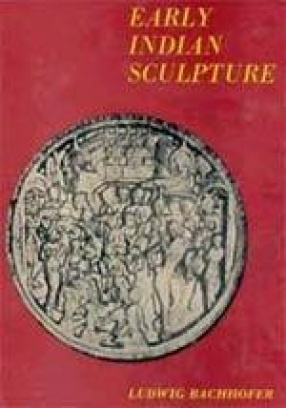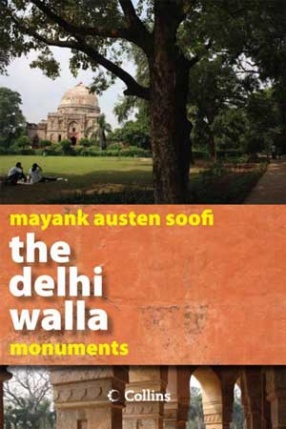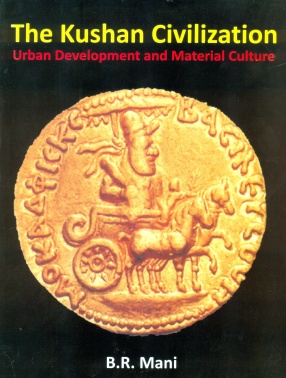These profusely illustrated volumes offer a scholarly analysis of Indian sculpture from c. 300 BC to c. 500 AD. The dates chosen are not arbitrary, for although a highly civilized nation existed in the North long before the Aryan and Dravidian invasion, little is known about the art of India before the fourth century BC. In the third century AD, during the Gupta period, an important change took place in the Indian spirit; sensualism was to be divorced from spiritualism for a long time. Within these boundaries, the eminent scholar distinguishes three phases: an early period, full of confusion and contradiction; a middle or golden period, full of order and strength; and a late period, full of exuberance both of form and outlook. The author’s excellent chronology and detailed descriptions cover the Maurya period, when Chandragupta (321-297) wished to imitate the magnificence of Alexander’s court; figural sculpture and memorial pillars of Asoka, Chandragupta’s grandson; the reliefs from Barhut in the Centre and from Amaravati in the South; the magnificent Buddhist alto-relievo at Sanchi; the sculpture of the Gandhara school; and the Buddhist sculpture of the North-West, North and South. Throughout the centuries studies in the relationship between sculpture and architecture is explored. From the very start there seemed to be a desire to subject structure to sculpture, even though in the middle period-between 50 BC and 75 AD-last period examined, the victory of sculpture was complete, when the representations on the stupas of Amaravati threw a glittering net over the entire structure.
Early Indian Sculpture ( In 2 Volumes)
In stock
Free & Quick Delivery Worldwide
reviews
Bibliographic information
Title
Early Indian Sculpture ( In 2 Volumes)
Author
Edition
1st ed.
Publisher
ISBN
812150337X
Length
184p., Illustrations; Notes; Bibliography.
Subjects





There are no reviews yet.